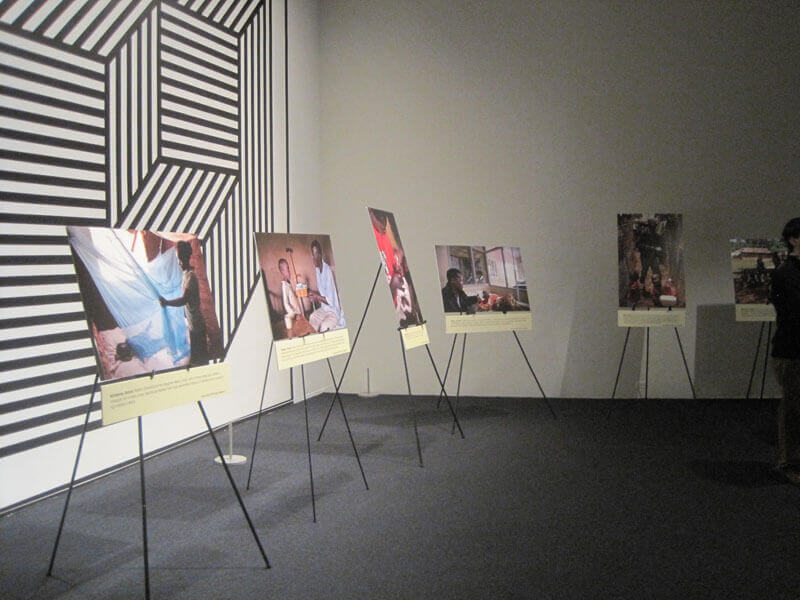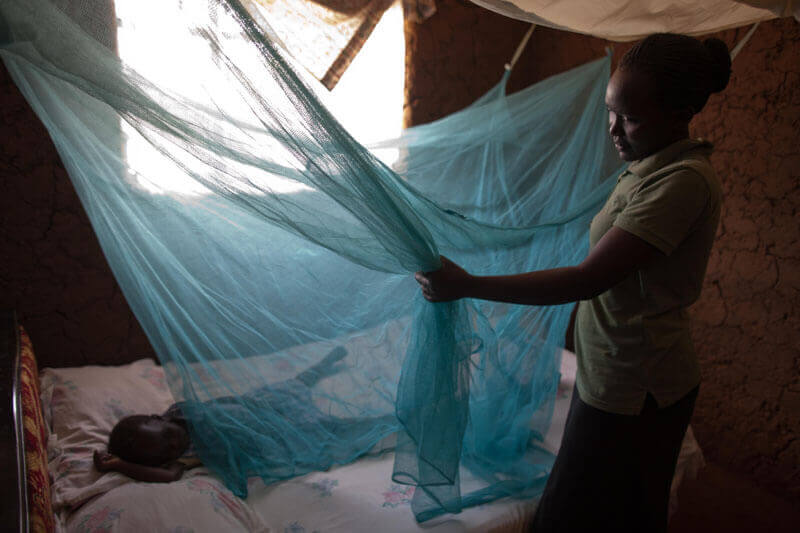Emily HalnonGHTC
Emily Halnon is a communications associate at GHTC.
Emily Halnon is the Communications Associate at GHTC. Below is her reaction to a photo reception documenting programs in Kenya that GHTC hosted last week.
As someone new to the field of global health, I am constantly gaining an appreciation for just how much progress has been made in very recent years, how fragile that progress is, and how critical it is to sustain support for the research efforts that will build upon this momentum. I’ve quickly learned that rhetoric does not exist in this field; when my colleagues, our incredible member organizations, or other leaders in global health stress that the world is on the brink of incredible breakthroughs that will save millions of lives around the world, it is because it is true.
The photo reception hosted by the Global Health Technologies Coalition (GHTC) last week offered a visual reaffirmation of this fact, while the experiences of the speakers confirmed how impactful the last few years of research have been and how critical current research efforts are to lives across the globe. The photos were all taken during GHTC’s recent trip to Kenya to observe and document research projects supported by member organizations like the International Partnership for Microbicides (IPM), the International AIDS Vaccine Initiative (IAVI), Aeras, PATH, and the Drugs for Neglected Diseases initiative (DNDi) and US government agencies like the US Agency for International Development (USAID), the Department of Defense (DoD), and the Centers for Disease Control and Prevention (CDC). Speakers at the event included Dr. Ariel Pablos-Méndez, assistant administrator for USAID's Global Health Bureau, Dr. Robert Breiman, country director for CDC-Kenya, and Dr. Kayla Laserson, director of the Kenya Medical Research Institute/CDC Field Research Station.

The display of photos at the event was physically split into two stories. Event attendees entered the room and saw the first story laid out in a semi-circle, showing the families and communities who have benefited from a longstanding US commitment to research and recent successes−polio vaccines that have reduced rates of the disease by more than 99 percent, technologies to detect emerging epidemics, and antiretrovirals that are giving new hope to people battling HIV. The second story lay on the other half of the room, forming another semi-circle, and focused on the ongoing research that has the potential to produce more lifesaving tools−a tuberculosis vaccine, progress toward an AIDS vaccine, and critical drugs to treat neglected tropical diseases.

Dr. Laserson spoke about the significance of this physical layout, highlighting the impact of the “moving circle” of research breakthroughs. As someone, unlike me, who has been immersed in global health for years, Dr. Laserson has seen firsthand what a difference the tools shown through the first story have made in communities in both Kenya and around the world. As she pointed to the first half of the room, she talked about how it was within very recent memory that tools represented in the photos there, like insecticide-treated bednets to protect people from malaria, were in the research pipeline, with vital trials being conducted to test their efficacy. Now, bednets are standard across the world, protecting millions of children from the disease.

The two other speakers, Dr. Pablos-Méndez and Dr. Breiman, reinforced the significance of recent years and the investments that have helped make tools that were once unimaginable a reality. Dr. Breiman reflected on the CDC’s partnership with the Kenyan government and how vital capacity building has been to fueling these research efforts. Dr. Pablos-Méndez discussed how important it is that USAID continue to prioritize the science and technology that is enabling the world to tackle long-standing health and development challenges. These efforts include USAID’s support for the work of GHTC members IAVI and the TB Alliance. Through listening to both speakers, it was clear they believe it is critical to continue supporting cutting edge efforts, inter-agency cooperation, and investments in science and technology that will continue to save the lives of people like those shown so captivatingly through the photos.
As Dr. Laserson transitioned from lauding the success of current tools to treat malaria, she gestured around the circle to the other half of the room and stressed how incredible it is that we are now looking at a malaria vaccine to prevent the disease. The same is true for a number of health tools and diseases, she said. Thanks to the President’s Emergency Plan for AIDS Relief (PEPFAR) and the investments of the US Government, HIV treatment is now the norm. And the world is on the cusp of breakthroughs for new prevention and treatment options, such as using HIV treatment as prevention among discordant couples, a method that research has shown can reduce the risk of HIV transmission by 96 percent. If donors like the US government can sustain their commitment to research on HIV and AIDS and other global health diseases, then we can bring these lifesaving tools to the half of the room, where they will be introduced into communities and can become game changers that will save lives and bring the world one step closer to eliminating these diseases.